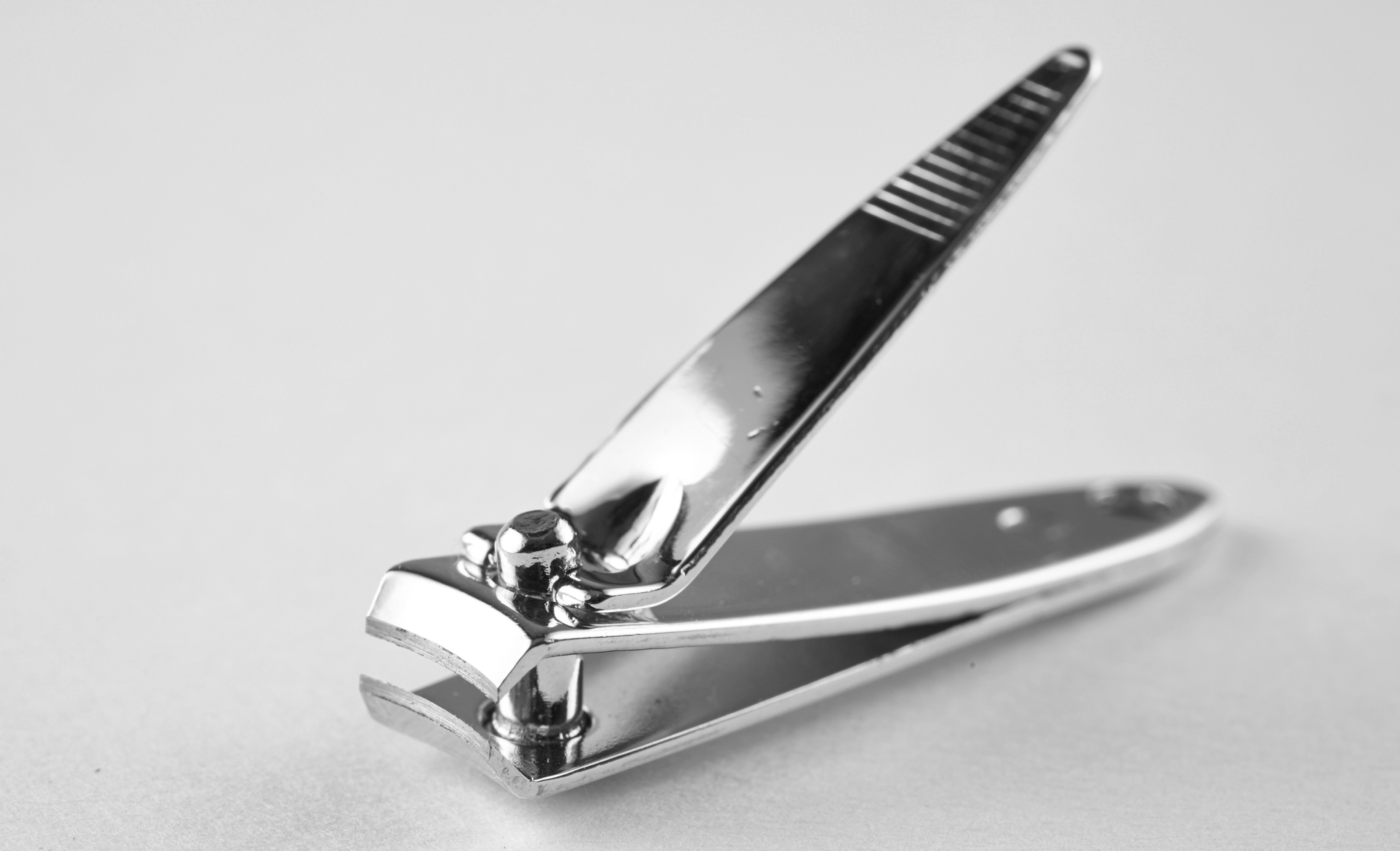Until the 1800s, people typically used small knives to trim their fingernails and utilized a paring technique rather than truly clipping them — think of the action of peeling an apple using a paring knife. Around 1875, patents for nail clippers began to appear. The first of these was designed by a man named Valentine Fogerty. However, his design was more of a circular nail file. In 1881, inventors Eugene Heim and Oelestin Matz earned a patent for their clamp-style fingernail clippers, which more closely resembled the devices we are familiar with today. As more patents were issued and these new products hit the market, nail clippers quickly became common enough that superstitions arose around them. For instance, by 1889, articles were being published that remarked on the public’s fear of cutting their fingernails on weekends out of concern that it would lead to bad luck. Eventually, these superstitions faded, and nail clippers became so commonplace that patents are now rarely awarded for them. Still, design innovations persist even today, and everything from standard nail clippers with extra-long handles to products with LEDs incorporated for a better view have hit the market. There are even luxury nail clippers available today — a far cry from the knives humans once used to trim their fingernails!

Your go-to guide for weird history facts
Subscribe to the FREE daily email that makes learning about history fun.


